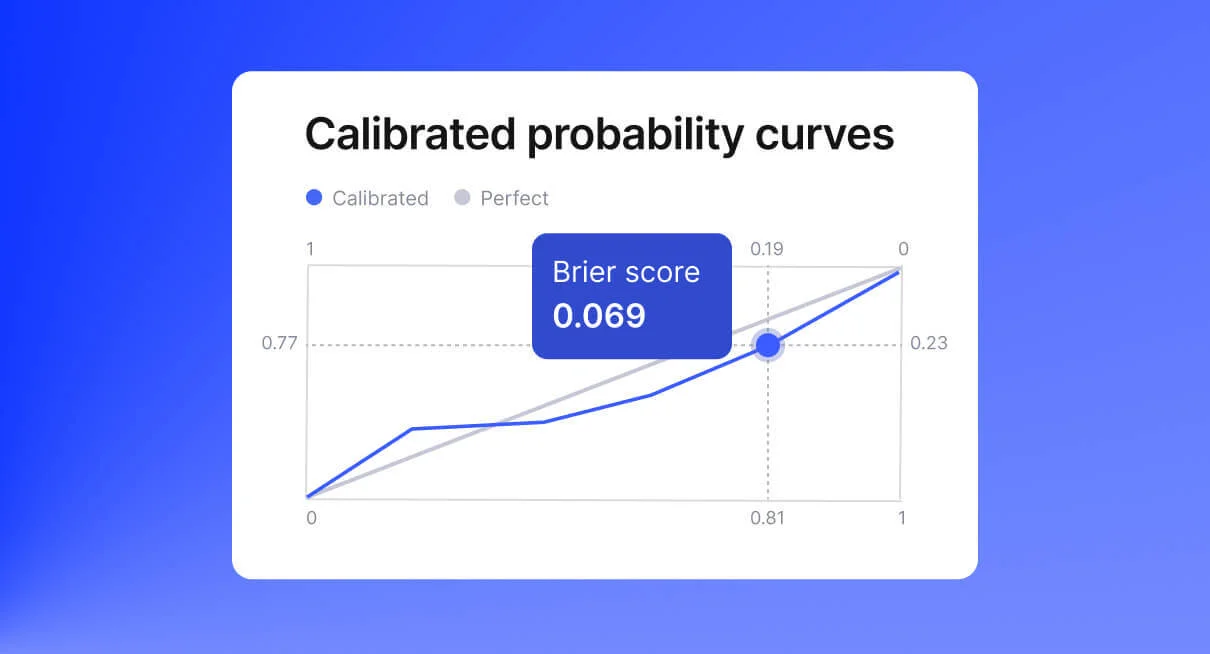
Traditional credit scoring with scorecards, linear models, and FICO scores has run its course. Borrowers with a weak credit history might be financially wealthy and make monthly payments without delays. But they’re overlooked due to the standards of outdated scoring models.
To get a loan from a traditional-operating bank, a potential borrower needs a credit history and a good or excellent score. While 69% of Americans have a good credit score of 670 or above, one in five American adults or 45 million U.S. citizens have no credit history or unscorable due to the lack of sufficient information.
Imagine that you’re a 24 years old owner of an up-and-coming IT startup with a successful product. You want to expand the business, open an office and hire more people — these require money that you don’t have yet. Will the bank issue a loan to you? Not likely. You’re too young without a long credit history.
Similarly to the U.S., people in France should have a full-time job (not self-employed); German citizens need a good SCHUFA score, residence permit, and provide salary slips. And these common credit scoring systems become significantly less perficient in developing society and economy. Statistically, in 2020-2021 large segments of the society remain unbanked or don’t have an official income, but it doesn’t mean they’re insolvent. For instance, it’s estimated that about 67.6 million Americans will be freelancing by the end of 2021 — 42% of the U.S. workforce.
However, as was mentioned before, if a person doesn’t fit a standard set of criteria, he or she still can be a profitable bank customer. To cover all possible thin-file borrowers and expand the user base, banks should opt for alternative credit scoring.
Alternative Models for Banks and Financials
While the majority of banks and lenders keep avoiding alternative risk scoring models, SME businesses are more determined and interested in reaching a new audience. Let’s consider what pros and cons drive AI credit scoring to banks and financials.
The biggest advantage of alternative credit scoring software is that more borrowers can opt for loans. Unlike in the traditional approach, followers of the alternative approach can decide how to create their credit scores by choosing analyzed parameters. To manage credit scores, banks usually consider borrower’s credit history length, payment history, credit utilization, etc. The modern AI-powered solutions can pick up any information they want: job title, marital status, pension contributions, monthly payments, amount of repaid and delayed debts, location, business type, criminal records, and others. Moreover, the software allows setting up the age requirements.
Note that the ability to reach more borrowers doesn’t mean you increase credit risks. The modern software allows setting up a cut-off value, so you can follow your ordinary terms and rules, yet targeting more people since their applications are not restricted by static scoring terms.
For young individuals without loan history or users with low traditional scores, non-traditional scoring methods help apply for credits with better terms. Yet lenders expand their customer base and approve more loan applications, having a deep understanding of client behavior and their credit risks.
Another thing contributing to customer base extension is the ability to develop unique scoring models, instead of choosing a ready-made one. For example, GiniMachine needs a set of your previous loan cases (historical data) to develop a model exactly for your business. Analyzing your data, the software has a full view of your customers, studies in the provided information, and delivers a model that will make the right decisions. In the issue, you don’t have to adapt the business, the platform and models adjust to you.
With AI technologies at hand, credit score solutions spend minutes or even seconds to score thousands of applications. Instead of waiting for days (traditionally 7 days) to provide loans, alternative software allows reducing decision-making processes to one working day. Thus, lenders can provide loans on the application day.
By utilizing automated alternative credit scoring, lenders and banks can reduce or even minimize loan origination costs thus providing more profitable interest rates to customers. Automation also allows cutting bias and manual errors that usually appear in routine tasks.
Of course, solutions providing alternative credit reports don’t come without disadvantages. One of the main cons is the willingness of customers to share information, like loan history, financial habits, and others. However, surveys show that about 71% of Americans would share more personal data if it resulted in a fairer credit score. So, if you provide a great experience and allow people without a credit history to apply for a loan, they will be glad to share more information.
Additionally, no one AI-powered software can guarantee 100% loan portfolio return. Top developers can unlikely implement this technology in the near future. In any case, the alternative approach is already more accurate in predictions and allows reducing non-performing loans by half.
GiniMachine for Alternative Data Scoring
An AI system with dedicated scoring methods can help banks and SME lenders make credits more accessible and more affordable to various social segments. GiniMachine allows you to take raw information and turn it into an effective scoring strategy. Our specialists developed the platform to organize and streamline decision-making processes. So, the software with alternative models can be implemented not only in credit granting but also for collection and application scoring. It’s a must technology for any domain, like telecom, auto dealership, brokerage, anywhere where a user needs to manage risks. GiniMachine is for more informed decisions beneficial for themselves and their customers in the long run.
Want to alternate credit score? Get in touch with the GiniMachine team.



